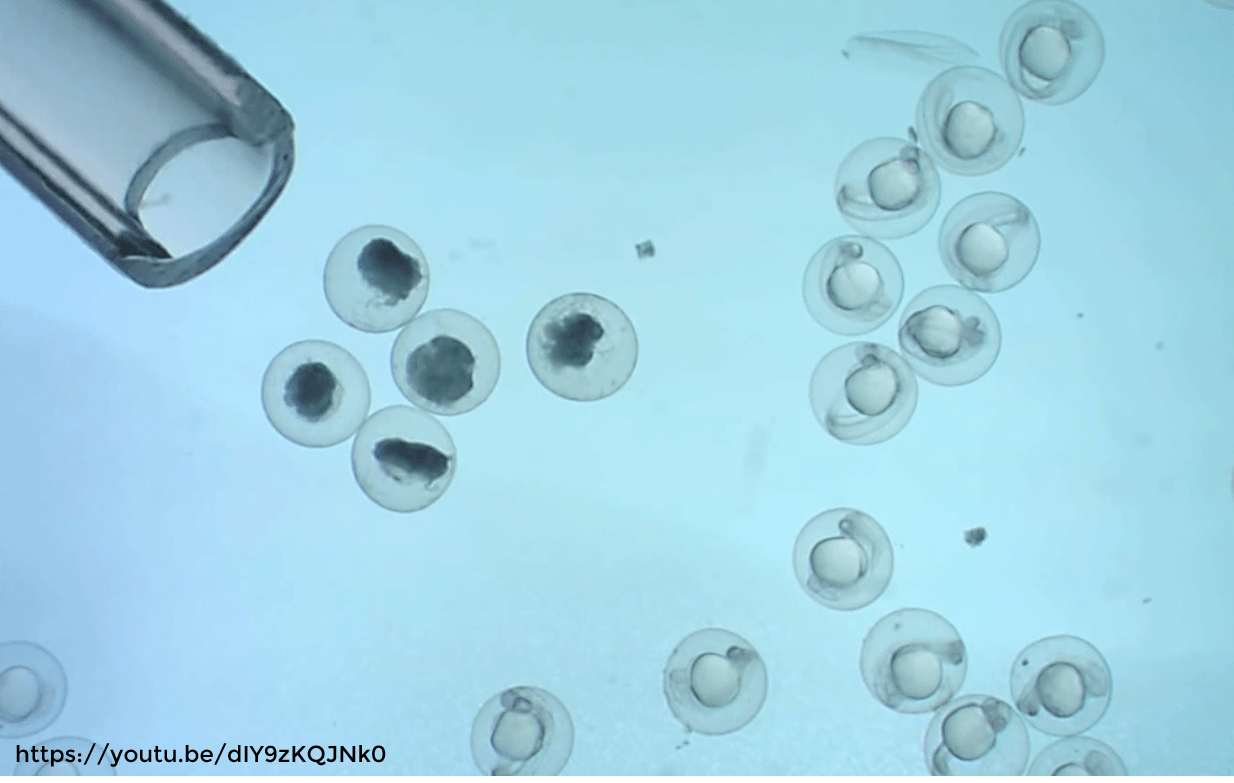Morphological and phenotypic characteristics of zebrafish embryos
In our modern world, development of new synthetic compounds and chemicals is essential for many industries, such as the pharmaceutical, clothing and food industries. This has become a major public and environmental issue as many of these compounds can be toxic and detrimental to human and animal health. In addition to these artificial toxins, chemicals can occur naturally in the environment such as heavy metals or nitrates. Although it is widely recognised that such compounds can cause damage to life, how harmful they are and how they cause disease needs…







